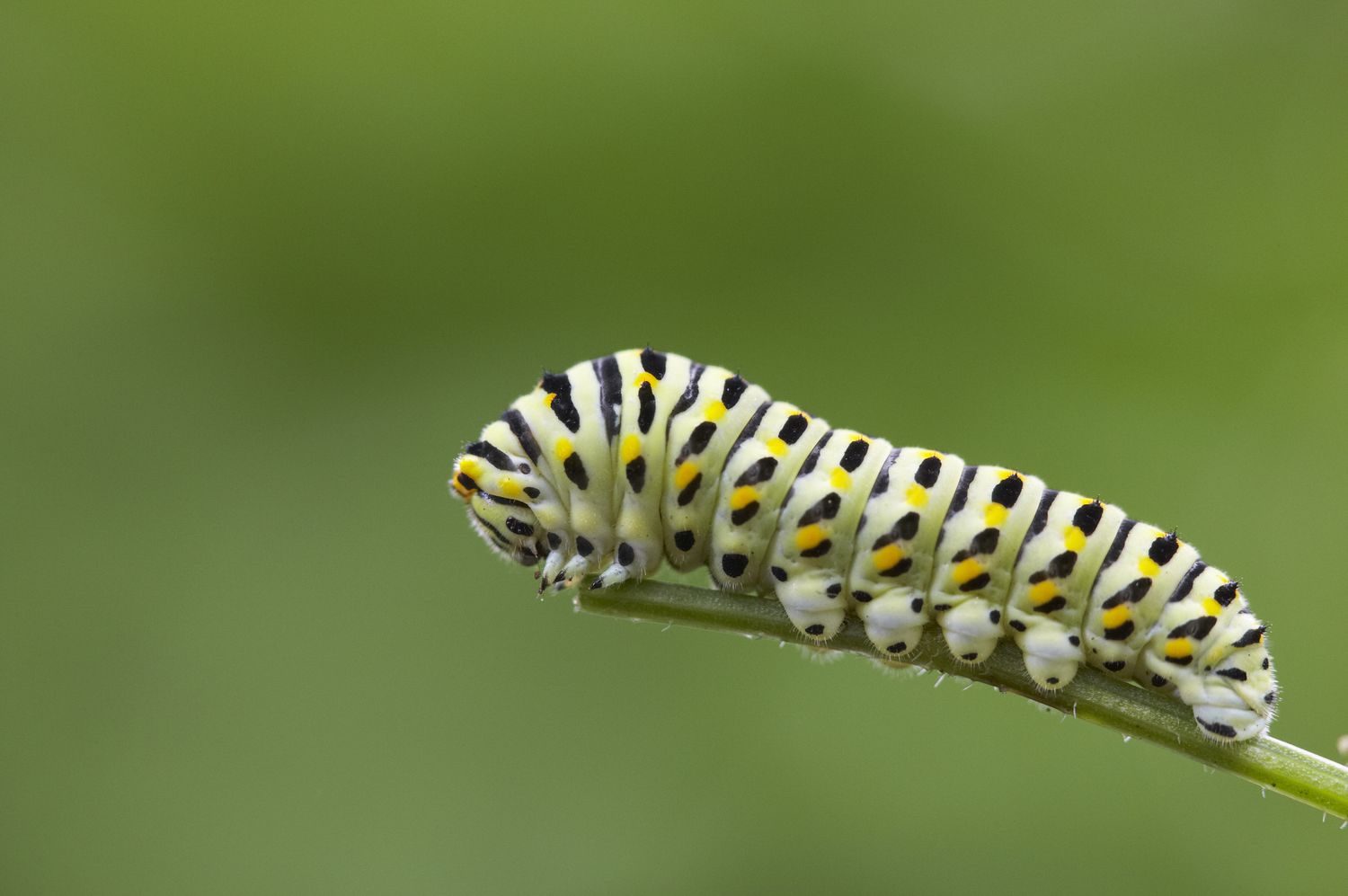

Articles
How To Get Rid Of Caterpillars In The Garden
Modified: January 20, 2024
Learn effective techniques for removing caterpillars from your garden with our comprehensive gardening guide. Protect your plants and achieve beautiful results.
(Many of the links in this article redirect to a specific reviewed product. Your purchase of these products through affiliate links helps to generate commission for Storables.com, at no extra cost. Learn more)
Introduction
Having a beautiful, thriving garden can bring joy and satisfaction to any gardening enthusiast. However, one common issue that gardeners often face is dealing with pests, and caterpillars are no exception. These voracious eaters can quickly decimate your plants if left unchecked. But fear not! In this article, we will explore effective and natural methods to get rid of caterpillars in your garden, ensuring the health and vitality of your plants.
Caterpillars are the larval stage of butterflies and moths. While some species are harmless and even beneficial to your garden, others can cause significant damage. Identifying the specific types of caterpillars infesting your garden is crucial in determining the best approach to dealing with them. Keep an eye out for caterpillars that have distinct markings, colors, or hairs, as these can indicate toxic or destructive species.
Now, let’s dive into some natural ways to combat caterpillar infestation in your garden to keep your plants healthy and thriving.
Key Takeaways:
- Embrace natural methods like handpicking, biological controls, and physical barriers to combat caterpillar infestations while preserving a balanced garden ecosystem.
- Practice good garden hygiene, attract beneficial insects and birds, and utilize companion planting to prevent caterpillar infestations and maintain a thriving, pest-resistant garden.
Read more: How To Get Rid Of Garden Weeds
Identifying Caterpillar Infestation
Before taking any measures to control caterpillars in your garden, it’s important to accurately identify the signs of infestation. By doing so, you can ensure that you are targeting the right pest and employ the most effective methods to eradicate them.
Here are some key indicators that can help you identify caterpillar infestation:
- Chewed leaves: Caterpillars are voracious eaters and will often leave behind a trail of destroyed leaves. Look for irregularly shaped holes or skeletonized leaves as evidence of their feeding.
- Fecal pellets: Caterpillars leave behind small droppings called frass. These pellets are usually dark-colored and may be found near the affected plants.
- Silk webbing: Some caterpillar species, like webworms and tent caterpillars, create webs or silken tents on the branches or foliage of plants. If you notice these structures, it’s a clear sign of infestation.
- Caterpillar presence: Spotting the caterpillars themselves can provide the most definitive evidence of an infestation. They come in various sizes, colors, and shapes, so it’s important to pay attention to their physical characteristics for proper identification.
Once you have confirmed that you have an infestation, it’s time to take action to control the caterpillars and save your garden from further damage.
Natural Ways to Get Rid of Caterpillars
When it comes to managing caterpillar infestations in your garden, utilizing natural methods is not only effective but also environmentally friendly. These methods target the pests while minimizing harm to beneficial insects and the overall ecosystem. Here are some natural ways to get rid of caterpillars:
- Handpicking caterpillars: For small infestations, manually removing caterpillars from your plants can be an effective method. Wear gloves and carefully inspect the leaves, stems, and undersides of the affected plants. Dispose of the caterpillars in a bucket of soapy water to prevent them from returning to your garden.
- Using biological controls: Introducing natural predators of caterpillars can help keep their population in check. Birds, such as bluebirds and chickadees, are voracious insect-eaters and can help reduce caterpillar numbers. You can also consider using nematodes, which are microscopic worms that parasitize caterpillars and other garden pests.
- Creating physical barriers: Protect your plants from caterpillars by using physical barriers like netting or row covers. These barriers prevent the adult butterflies from laying their eggs on the plants, thus reducing the number of caterpillars. Make sure to secure the barriers tightly to prevent any gaps that the caterpillars can squeeze through.
- Using organic insecticides: If the infestation is severe and natural methods alone are not sufficient, consider using organic insecticides. Look for products containing natural ingredients like neem oil, Bacillus thuringiensis (Bt), or pyrethrin. These insecticides specifically target caterpillars while being less harmful to beneficial insects.
It’s important to note that when using any type of pesticide, including organic ones, always read and follow the instructions carefully to ensure its safe and proper usage.
By implementing these natural methods, you can effectively control caterpillar infestations in your garden while maintaining a balanced ecosystem.
Handpicking caterpillars
Handpicking caterpillars is a simple yet effective method to control their population in your garden. This method works best for smaller infestations or when dealing with larger caterpillars that are easy to spot and remove.
To handpick caterpillars, follow these steps:
- Wear a pair of gloves to protect your hands from caterpillar spines or any potential skin irritation.
- Inspect your plants carefully, focusing on the leaves, stems, and undersides where caterpillars tend to hide.
- Once you locate a caterpillar, gently pick it off the plant using your fingers or a pair of tweezers. Avoid crushing or harming the caterpillar in the process.
- Drop the caterpillar into a bucket of soapy water to drown it. This ensures that the caterpillar cannot return to your plants.
Repeat this process regularly and systematically, checking your plants for any new caterpillars that may have hatched or migrated. Persistence is key in handpicking caterpillars, as even one missed caterpillar can quickly multiply and cause damage to your plants.
While handpicking is a labor-intensive method, it offers several benefits. It is safe for plants, pets, and beneficial insects, and it allows you to have direct control over the caterpillar population. Not to mention, it provides a hands-on approach to gardening and allows you to connect with your plants on a deeper level.
Incorporate handpicking caterpillars into your regular garden maintenance routine, especially during the growing season when caterpillar populations are at their peak. By doing so, you can effectively minimize the damage caused by these pests and keep your garden healthy and thriving.
Using biological controls
Utilizing biological controls is an effective and environmentally-friendly method to manage caterpillar populations in your garden. It involves introducing natural predators or parasites that specifically target and feed on the caterpillars, helping to keep their numbers in check.
Here are some biological controls you can implement:
- Birds: Encouraging birds to visit your garden can be an excellent natural way to control caterpillars. Many bird species, such as bluebirds, chickadees, and warblers, feed on insects, including caterpillars. Create a bird-friendly environment by providing water sources and setting up bird houses or feeders. Planting native plants that offer berries, seeds, or nectar can attract a variety of bird species.
- Nematodes: Nematodes are microscopic worms that parasitize caterpillars and other garden pests. They are commercially available as beneficial organisms that can be applied to your garden. Mix the nematodes with water according to the package instructions and spray the solution on the affected plants. The nematodes will enter the caterpillars’ bodies and release bacteria, ultimately killing them.
- Beneficial insects: Introduce predatory insects or insects that parasitize caterpillars into your garden. Ladybugs, lacewings, and certain wasp species are natural predators of caterpillars and can help control their population. You can purchase these beneficial insects from gardening supply stores or online. Ensure that you release them at the appropriate time and in suitable conditions.
Implementing biological controls in your garden requires some research and planning. It’s important to understand the specific needs and habits of the predators or parasites you intend to introduce. Consider factors such as habitat, food sources, and the life cycle of these natural enemies to maximize their effectiveness.
Remember that biological controls work best when used as part of an integrated pest management (IPM) approach. Combine them with other preventive measures and cultural practices to create a balanced and resilient garden ecosystem.
By utilizing natural predators or parasites, you can maintain a healthy balance in your garden, keeping caterpillar populations in check without relying on harsh chemicals.
Read more: How To Get Rid Of Earwigs In Garden
Creating physical barriers
Creating physical barriers is an effective method to protect your plants from caterpillar infestations. By preventing adult butterflies from accessing your plants for egg-laying, you can significantly reduce the number of caterpillars in your garden. This method is especially useful for crops or plants that are prone to caterpillar damage.
Here are some ways to create physical barriers:
- Netting: Use fine mesh netting to cover your plants. This creates a physical barrier that prevents adult butterflies from reaching the plants and laying their eggs. Ensure that the netting is securely fastened and covers the plants entirely, leaving no gaps for the butterflies to enter.
- Row covers: Row covers are lightweight, breathable fabrics that can be draped over rows of plants. They protect your plants from pests, including caterpillars, while allowing sunlight, air, and water to reach the plants. Choose row covers that are specifically designed for pest control and follow the instructions for proper installation.
- Cloches: Cloches are transparent, dome-shaped covers that can be placed over individual plants. They act as mini-greenhouses, creating a microclimate that promotes plant growth while protecting them from pests. Position the cloches over vulnerable plants and secure them firmly into the soil.
When using physical barriers, it’s important to consider the growth and development of your plants. Make sure the barriers allow enough space for the plants to expand and do not cause any damage or hinder their growth. Monitor the barriers regularly to ensure they remain intact and free from tears or openings.
Physical barriers are most effective when implemented before adult butterflies start laying eggs. Set up the barriers early in the season, even before you notice any caterpillar activity, to prevent infestations from occurring in the first place.
Remember to periodically inspect your plants for any signs of damage or caterpillar presence, even with the barriers in place. Despite your best efforts, some caterpillars may still find their way into the garden. In such cases, you can employ other control methods in conjunction with the physical barriers to keep the caterpillars in check.
By creating physical barriers, you can protect your plants from caterpillar infestations and enjoy a healthy, thriving garden.
To get rid of caterpillars in the garden, try picking them off by hand and dropping them into a bucket of soapy water. This is an effective and non-toxic method for controlling their population.
Using organic insecticides
When natural and preventive methods are not enough to control caterpillar infestations in your garden, using organic insecticides can be an effective solution. Organic insecticides are derived from natural sources and are less harmful to beneficial insects and the environment compared to chemical-based alternatives.
Here are some organic insecticides that specifically target caterpillars:
- Neem oil: Neem oil is a natural product derived from the neem tree. It contains azadirachtin, which disrupts the feeding and growth processes of caterpillars, eventually leading to their demise. Dilute neem oil according to the instructions on the product label and spray it directly on the affected plants. Repeat the application as needed, especially after rainfall or heavy watering.
- Bacillus thuringiensis (Bt): Bt is a soil-dwelling bacterium that produces proteins toxic to caterpillars. When caterpillars ingest Bt, the proteins damage their digestive system, leading to starvation and death. Bt is available in powder or liquid form and can be applied directly to the foliage of affected plants. Follow the package instructions for proper dilution rates and application methods.
- Pyrethrin: Pyrethrin is derived from the flowers of certain chrysanthemum species. It is an effective natural insecticide that quickly paralyzes and kills caterpillars upon contact. Pyrethrin can be found in spray formulations, and it’s crucial to follow the instructions for proper application to minimize harm to beneficial insects.
When using organic insecticides, it’s important to apply them according to the instructions provided by the manufacturer. Take precautions such as wearing protective clothing, gloves, and eye protection. Apply the insecticide during calm weather conditions to minimize drift and ensure thorough coverage of the affected plants.
It’s worth noting that organic insecticides can still have an impact on beneficial insects, so it’s important to use them judiciously and only when necessary. Consider spot-treating affected areas rather than applying the insecticide throughout the entire garden. This targeted approach helps to minimize potential harm to beneficial insects and maintain a balanced ecosystem.
While organic insecticides are a useful tool in managing caterpillar infestations, it’s essential to integrate them into an overall integrated pest management (IPM) approach. Combine organic insecticides with other preventive measures, such as handpicking caterpillars and implementing cultural practices, to achieve the best results.
By using organic insecticides responsibly, you can effectively control caterpillar populations while minimizing harm to the environment and promoting the overall health of your garden.
Preventing Caterpillar Infestation
Prevention is always better than cure, especially when it comes to caterpillar infestations in your garden. By taking proactive measures, you can significantly reduce the risk of caterpillars damaging your plants. Here are some preventive strategies to implement:
- Practicing good garden hygiene: Maintaining a clean and tidy garden can help prevent caterpillars from establishing a foothold. Remove plant debris and fallen leaves regularly, as these can serve as hiding places and breeding grounds for caterpillars. Properly dispose of any infested plant material to reduce the risk of recurring infestations.
- Attracting beneficial insects and birds: Create a welcoming environment for beneficial insects and birds that naturally prey on caterpillars. Plant flowers, herbs, or native grasses that attract pollinators and predatory insects. Providing nesting boxes, bird feeders, and bird baths can also encourage birds to visit your garden and help control caterpillar populations.
- Using companion planting techniques: Incorporate companion plants that repel or deter caterpillars. For example, strong-smelling herbs like lavender, rosemary, and thyme can help repel adult butterflies from laying eggs on nearby plants. Interplanting with aromatic flowers like marigolds and nasturtiums can also help deter caterpillars.
Additionally, here are some cultural practices you can adopt to prevent caterpillar infestations:
- Crop rotation: Rotate your crops each growing season to disrupt the life cycle of pests, including caterpillars. By avoiding planting the same crop family in the same location year after year, you can minimize the built-up populations of caterpillars and their preferred host plants.
- Monitor plants regularly: Regularly inspect your plants for any signs of caterpillar eggs or early infestation. By catching the infestation early, you can take immediate action and prevent it from spreading to other plants. Look for clusters of tiny eggs on the undersides of leaves or signs of feeding damage.
- Encourage natural predators: Create habitats and provide resources that attract natural predators of caterpillars, such as lacewings, ladybugs, and wasps. Planting a variety of flowers, providing water sources, and minimizing pesticide use can support these beneficial insects in your garden.
By implementing these preventive measures and cultural practices, you can significantly reduce the likelihood of caterpillar infestations in your garden. Remember to consistently monitor your plants and take immediate action if you notice any signs of caterpillar activity.
Your efforts towards prevention not only help protect your plants, but also contribute to the overall health and sustainability of your garden ecosystem.
Practicing good garden hygiene
Practicing good garden hygiene is an essential step in preventing caterpillar infestations and maintaining a healthy garden environment. By keeping your garden clean and tidy, you can reduce the chances of caterpillars finding suitable breeding grounds and hiding places. Here are some key practices to follow:
- Remove plant debris: Regularly clean up fallen leaves, dead plants, and other plant debris. Caterpillars and their eggs may be hiding in these materials, and removing them prevents the pests from establishing a foothold in your garden. Dispose of the debris properly by composting it away from your garden area or placing it in yard waste bins.
- Prune infested branches: Inspect your plants regularly for signs of caterpillar infestation, such as webbing, chewed leaves, or frass. If you spot an infestation on a particular branch or plant, promptly prune off the affected area. Bag and dispose of the pruned material or immerse it in a bucket of soapy water to ensure any caterpillars present are eliminated.
- Clean gardening tools: Caterpillar eggs or larvae can inadvertently hitch a ride on your gardening tools, leading to the spread of infestations. After working in the garden, remember to clean your tools thoroughly with water and a mild detergent. Sanitize them with a solution of bleach diluted in water to reduce the risk of transmitting pests between plants.
- Practice crop rotation: Caterpillar pests often have specific host plants they prefer. Practicing crop rotation involves planting crops from different families in different areas of your garden each season. This disrupts the life cycle of caterpillars and prevents the buildup of populations on preferred host plants.
- Keep the garden weed-free: Weeds can attract and harbor pests, including caterpillars. Regularly remove weeds from your garden beds and pathways to eliminate potential habitats and food sources for pests. Use appropriate mulches to suppress weed growth and maintain a clean and well-manicured garden.
- Promptly remove fallen fruits: Fallen fruits can attract caterpillars and other pests. Be diligent about removing any fallen or rotting fruits from the ground to prevent infestations. Dispose of the fruits in a sealed bag or compost them away from the garden.
By practicing good garden hygiene, you create an environment that is less attractive to caterpillars and reduces the likelihood of infestations. These practices, when combined with other preventive measures, contribute to the overall health and vitality of your garden.
Remember to incorporate garden hygiene into your regular gardening routine and be proactive in addressing any signs of caterpillar activity. With a clean and well-maintained garden, you can enjoy your plants without the nuisance and damage caused by caterpillars.
Read more: How To Get Rid Of Voles In Garden
Attracting Beneficial Insects and Birds
Attracting beneficial insects and birds to your garden is a natural and effective way to control caterpillar populations. These natural predators feed on caterpillars and help maintain a balanced ecosystem. By creating an inviting environment for these beneficial creatures, you can reduce the risk of caterpillar infestations. Here’s how to attract them to your garden:
- Plant native flowers: Native flowers are not only beautiful but also attract a wide variety of beneficial insects and birds. Choose nectar-rich flowers such as coneflowers, sunflowers, and black-eyed Susans to provide a source of food for beneficial insects like bees, wasps, and hoverflies.
- Include host plants: Some beneficial insects, such as certain species of wasps and flies, lay their eggs on specific host plants where their larvae feed on caterpillars. Incorporate these host plants in your garden to attract these beneficial insects. For example, parsley, dill, and fennel are host plants for the larvae of the black swallowtail butterfly.
- Provide water sources: Like all living creatures, beneficial insects and birds need water. Create water sources in your garden, such as shallow birdbaths or saucers filled with water. Place small rocks or pebbles in the water to provide landing platforms for insects.
- Install bird feeders and houses: Birds are excellent caterpillar hunters. Install bird feeders and houses in your garden to attract birds such as bluebirds, chickadees, and wrens. Provide a variety of birdseed and ensure that the bird feeders are kept clean and well-stocked.
- Minimize pesticide use: Pesticides can harm beneficial insects and birds, disrupting the natural balance of your garden. Minimize the use of pesticides, and opt for organic, selective insecticides when necessary. Targeted pest control techniques like handpicking caterpillars can help preserve the population of beneficial insects.
- Create shelter and nesting sites: Provide shelter for beneficial insects by leaving some small untouched areas in your garden or by adding features like insect hotels or bundles of hollow stems. For birds, consider placing nest boxes or leaving existing natural shelters like thick bushes or trees.
By attracting beneficial insects and birds, you establish a natural defense system against caterpillars and other garden pests. These creatures will help keep caterpillar populations in check, reducing the need for other control methods.
When incorporating these strategies, remember to choose a variety of plants and create a diverse habitat in your garden. This will attract a wide range of beneficial insects and birds, providing them with food, water, and shelter throughout the year.
By fostering a welcoming environment for beneficial insects and birds, you’ll not only control caterpillar infestations but also promote a thriving, balanced ecosystem in your garden.
Using Companion Planting Techniques
Companion planting is an effective strategy in which certain plants are grown together to benefit each other. By employing companion planting techniques, you can naturally deter caterpillars and reduce the risk of infestations in your garden. Here are some companion planting practices to consider:
- Strongly scented herbs: Planting strongly scented herbs like lavender, rosemary, and sage can help repel adult butterflies from laying their eggs on nearby plants. The fragrance of these herbs confuses and disguises the scent that attracts egg-laying insects.
- Aromatic flowers: Interplant aromatic flowers such as marigolds, calendulas, and nasturtiums among your susceptible plants. These flowers not only add beauty to your garden but also act as natural repellents for caterpillars and other pests.
- Allium plants: Interspersing allium plants, such as onions, garlic, and chives, throughout your garden can help deter caterpillars. The pungent scent of these plants repels many insects, including caterpillars.
- Trap crops: Planting trap crops is another effective technique. These are sacrificial plants that are particularly attractive to caterpillars. The goal is to attract caterpillars away from the main crops and onto these trap plants, thus protecting your desirable plants. Examples of trap crops for caterpillars include borage, dill, and mustard greens.
- Beneficial companion plants: Some plants act as natural deterrents or companions for beneficial insects that prey on caterpillars. For instance, planting yarrow attracts ladybugs, lacewings, and parasitic wasps, which can help control caterpillar populations.
- Interplanting: Mixing different plants throughout your garden can help create a diverse environment and confuse caterpillar pests. By avoiding large single-species plantings, you make it harder for pests to find their preferred host plants.
When implementing companion planting techniques, consider the specific needs of the plants and their compatibility. Some plants may have different growth requirements or may compete with each other for resources like sunlight, water, or nutrients. Research the characteristics of the companion plants you intend to use and ensure they are compatible with the existing plants in your garden.
Companion planting is a sustainable and natural approach to deter caterpillars and promote the health of your garden. It not only helps to control pests but also enhances biodiversity and creates a visually appealing and diverse garden space.
By incorporating these companion planting techniques, you can create a garden environment that is less attractive to caterpillars and promotes a harmonious balance between plants and pests.
Conclusion
Caterpillars can pose a significant threat to the health and beauty of your garden, but with the right strategies, you can effectively control their populations and prevent infestations. By implementing a combination of natural methods and preventive measures, you can create a garden environment that is less inviting to caterpillars while promoting the overall well-being of your plants and the ecosystem.
Handpicking caterpillars, using biological controls, creating physical barriers, and employing organic insecticides are effective ways to combat caterpillar infestations. These methods offer targeted control while minimizing the impact on beneficial insects and the environment.
Prevention is key when it comes to caterpillars. Practicing good garden hygiene, attracting beneficial insects and birds, and employing companion planting techniques are proactive measures that can significantly reduce the risk of infestations. By maintaining a clean and well-managed garden, you create an environment that is less attractive to caterpillars and more hospitable to natural predators.
Remember, gardening is a continuous learning process. Observe, monitor, and adapt your strategies as needed. Stay vigilant for signs of caterpillar activity and take action promptly to control infestations before they become detrimental to your plants.
By combining these techniques, you can strike a balance between pest control and maintaining a thriving, vibrant garden. Embrace the beauty and rewards of gardening while ensuring the health and longevity of your cherished plants.
So go ahead, put your knowledge into practice, and enjoy a caterpillar-free garden that flourishes with beauty and abundance!
Frequently Asked Questions about How To Get Rid Of Caterpillars In The Garden
Was this page helpful?
At Storables.com, we guarantee accurate and reliable information. Our content, validated by Expert Board Contributors, is crafted following stringent Editorial Policies. We're committed to providing you with well-researched, expert-backed insights for all your informational needs.
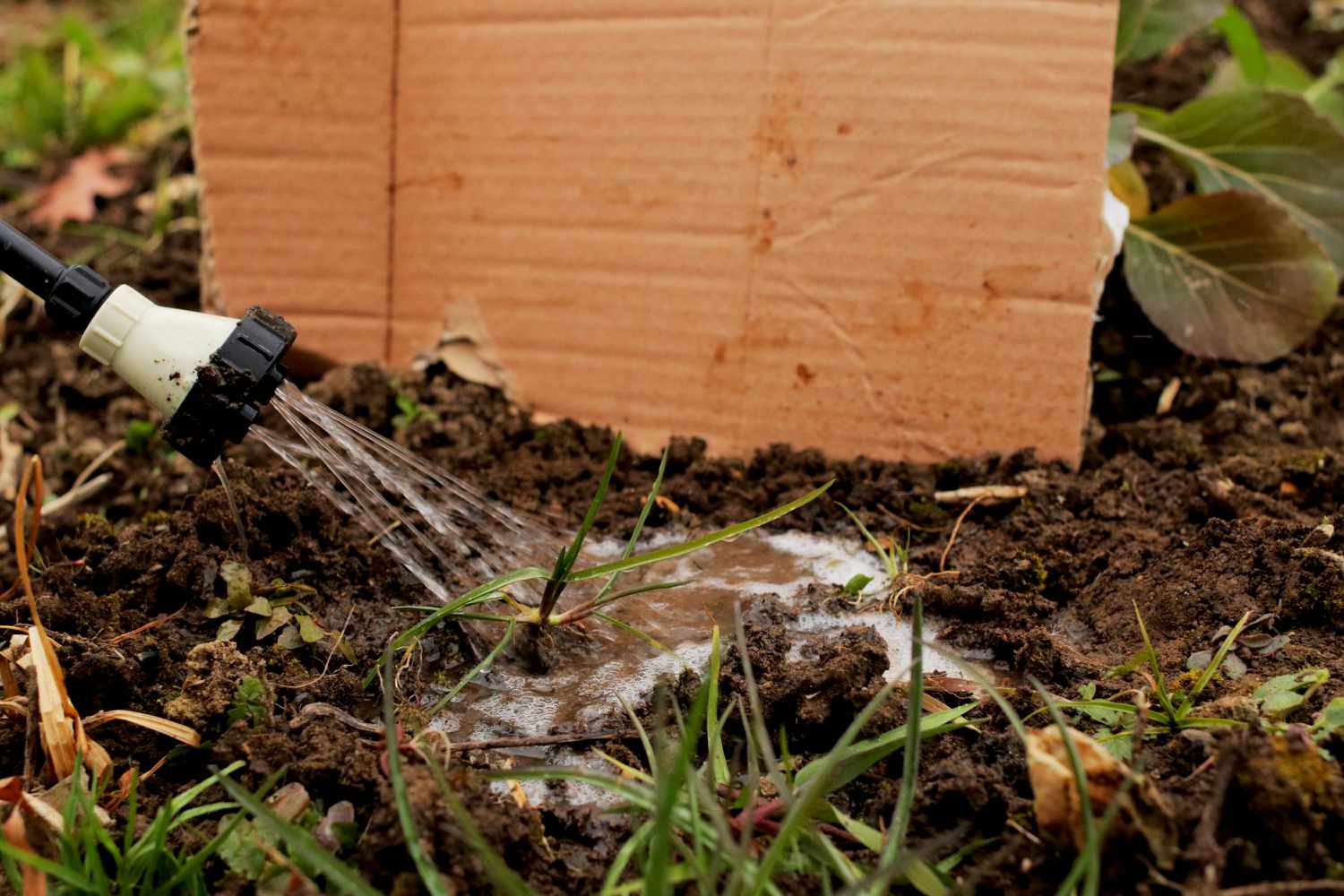





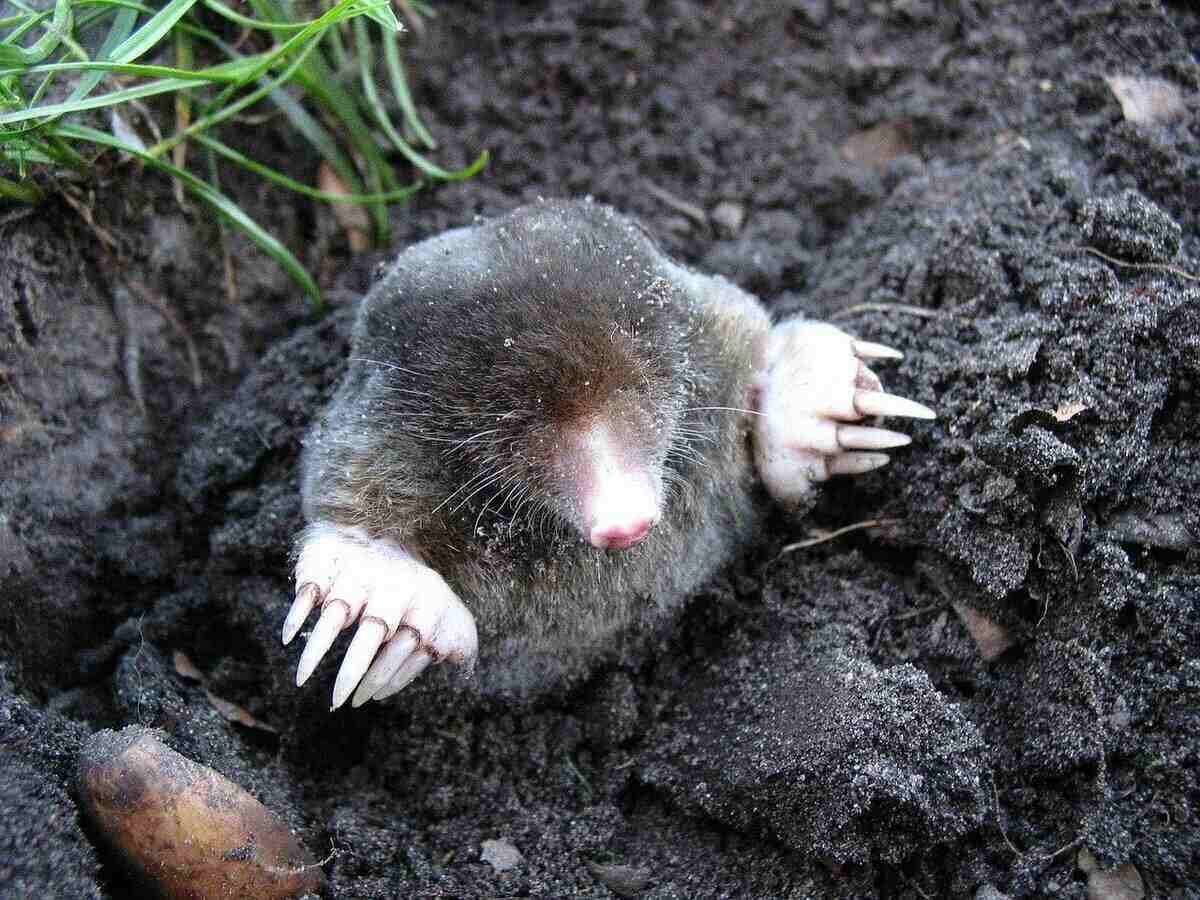

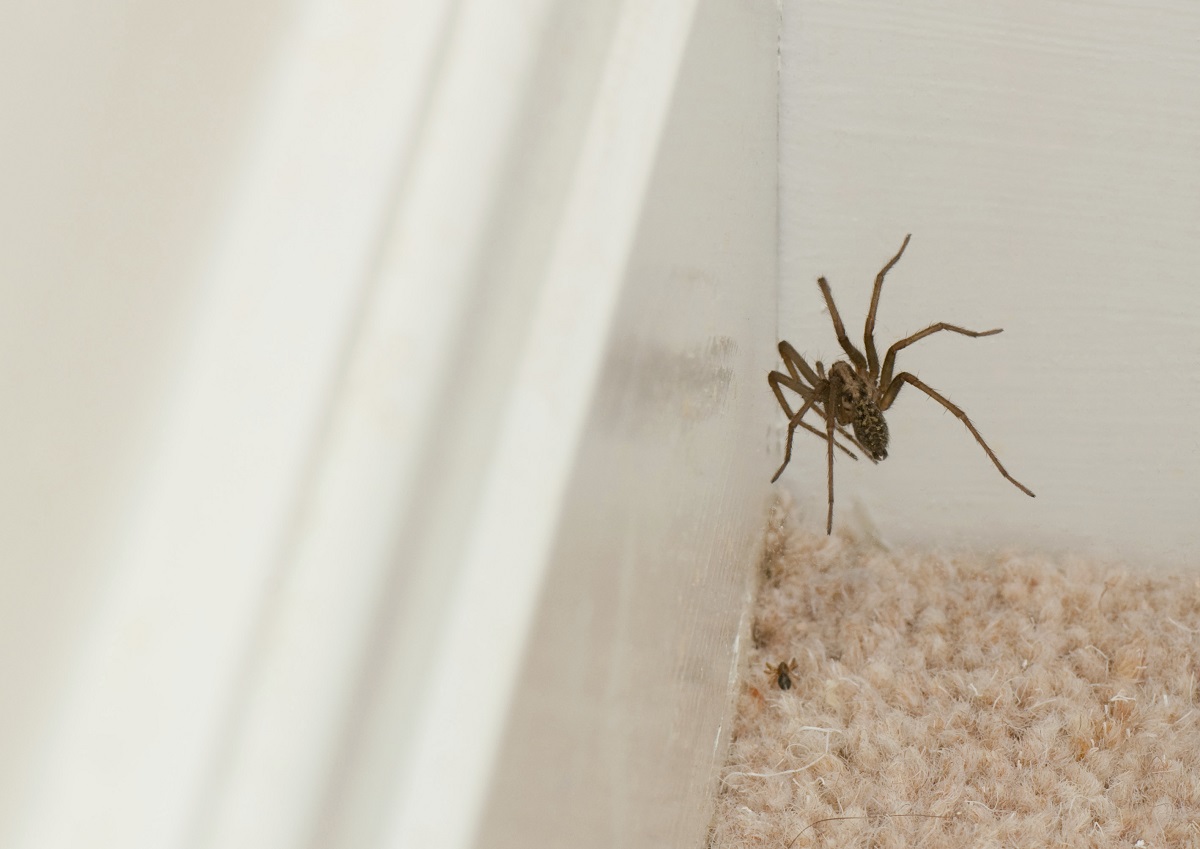
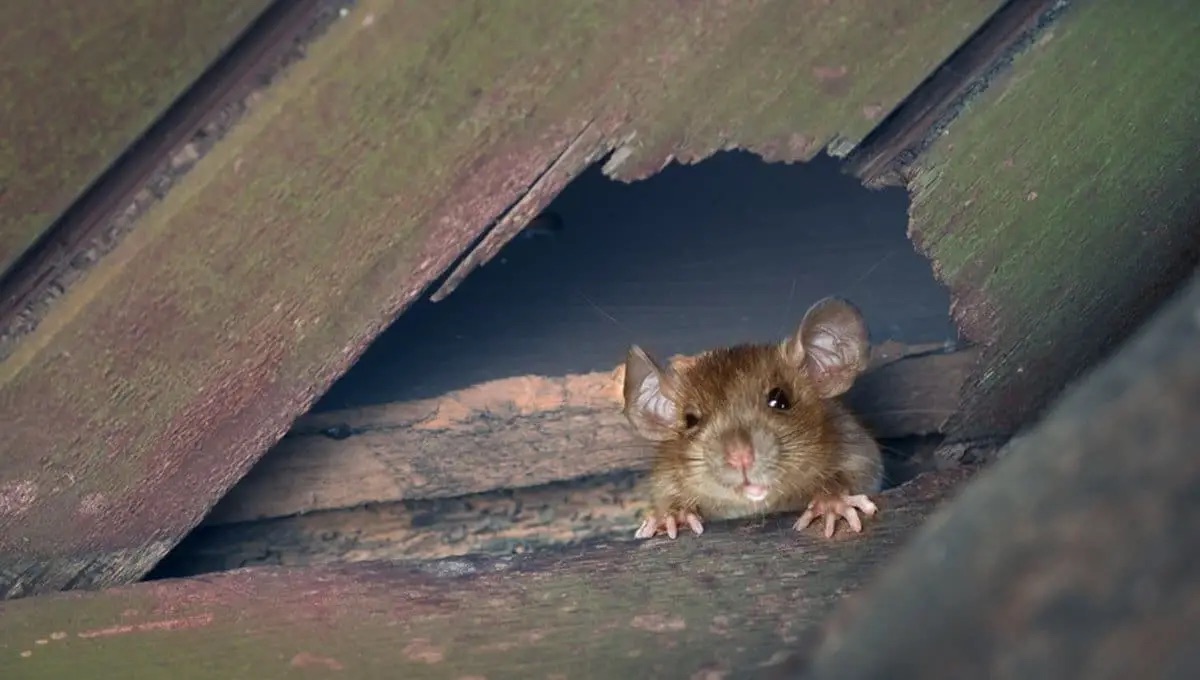
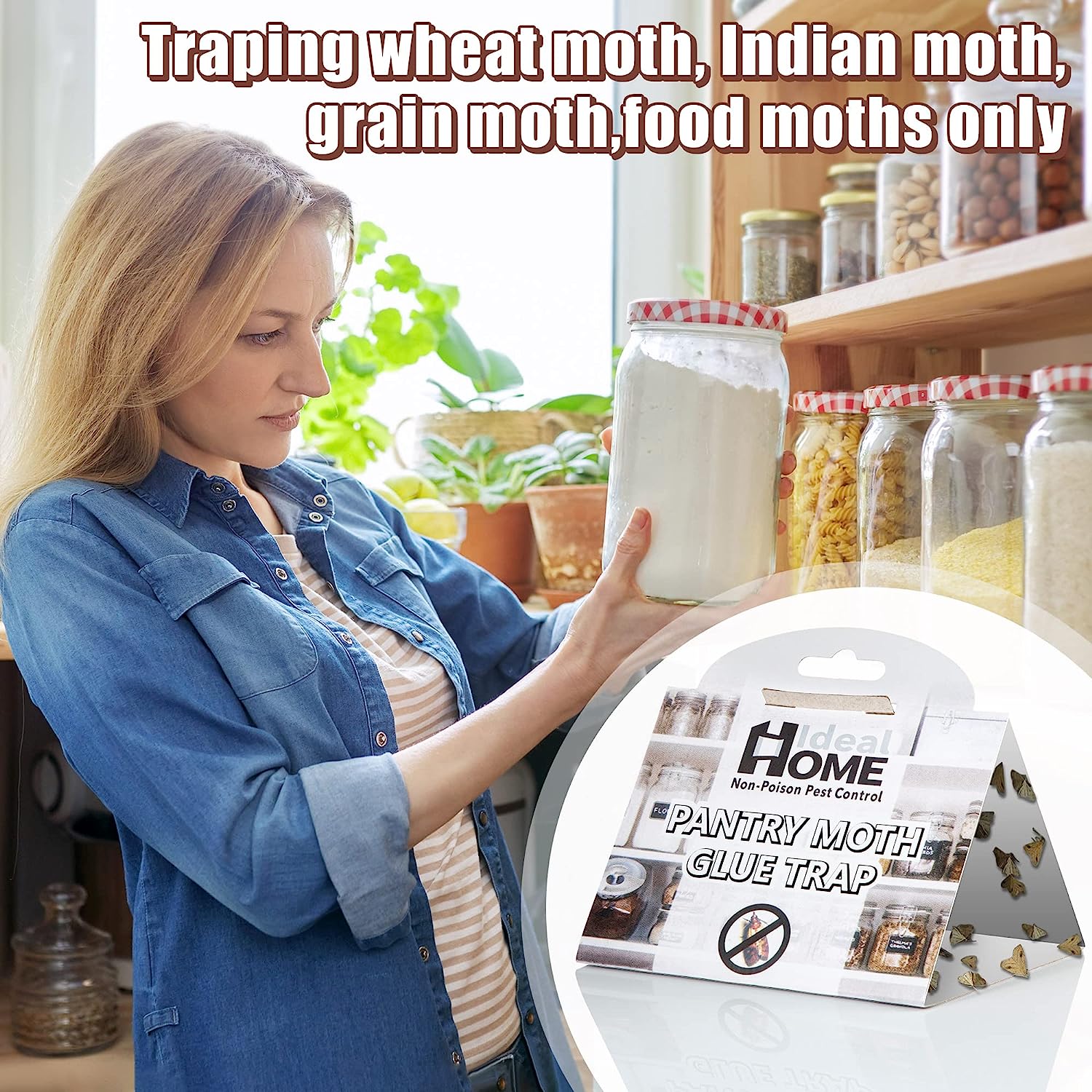

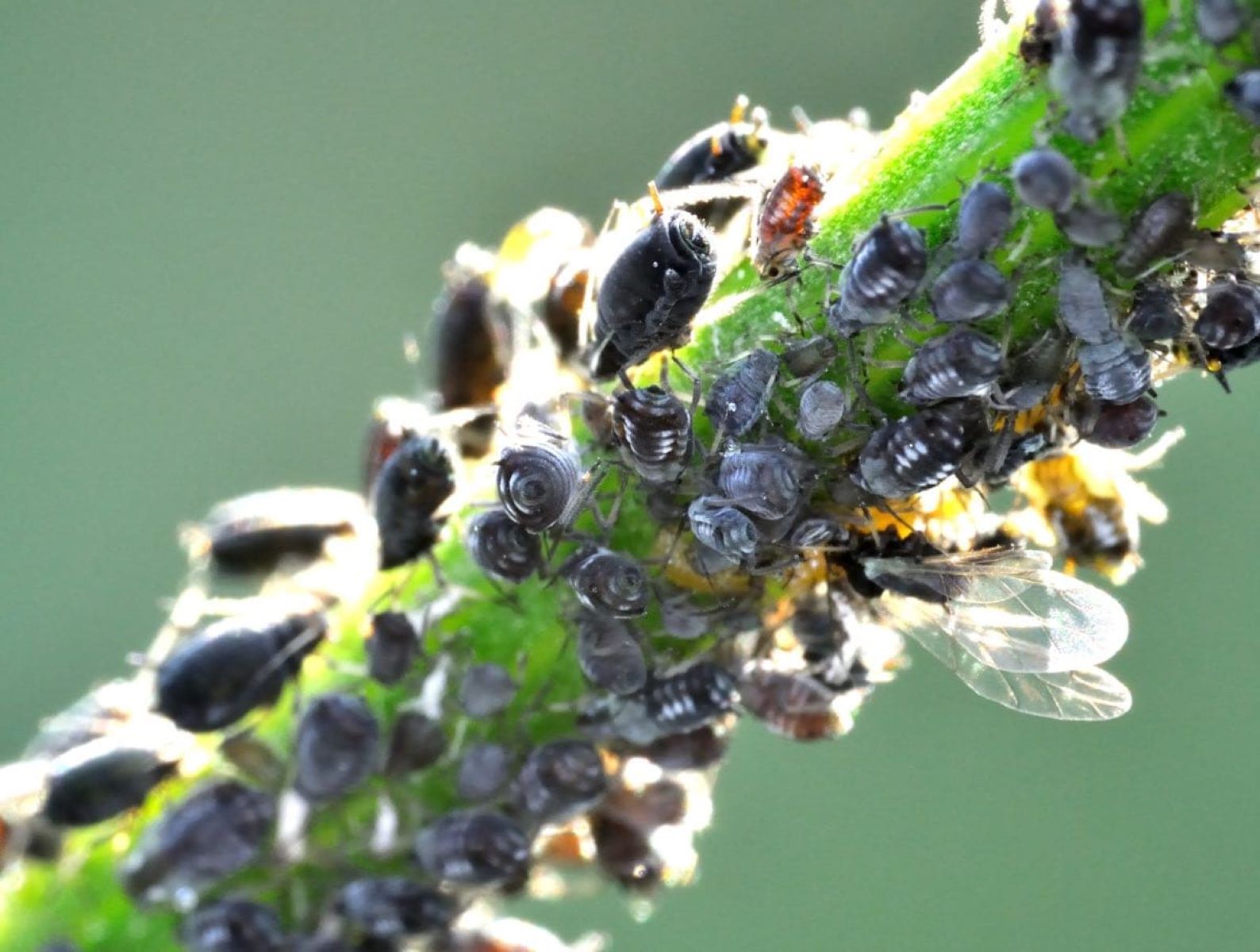

0 thoughts on “How To Get Rid Of Caterpillars In The Garden”